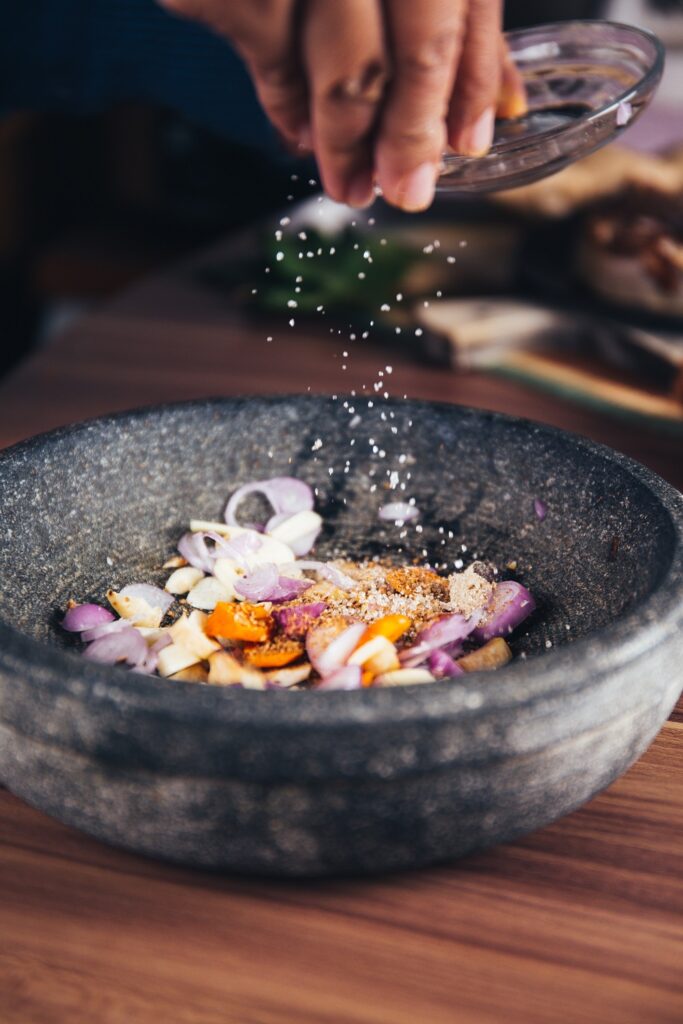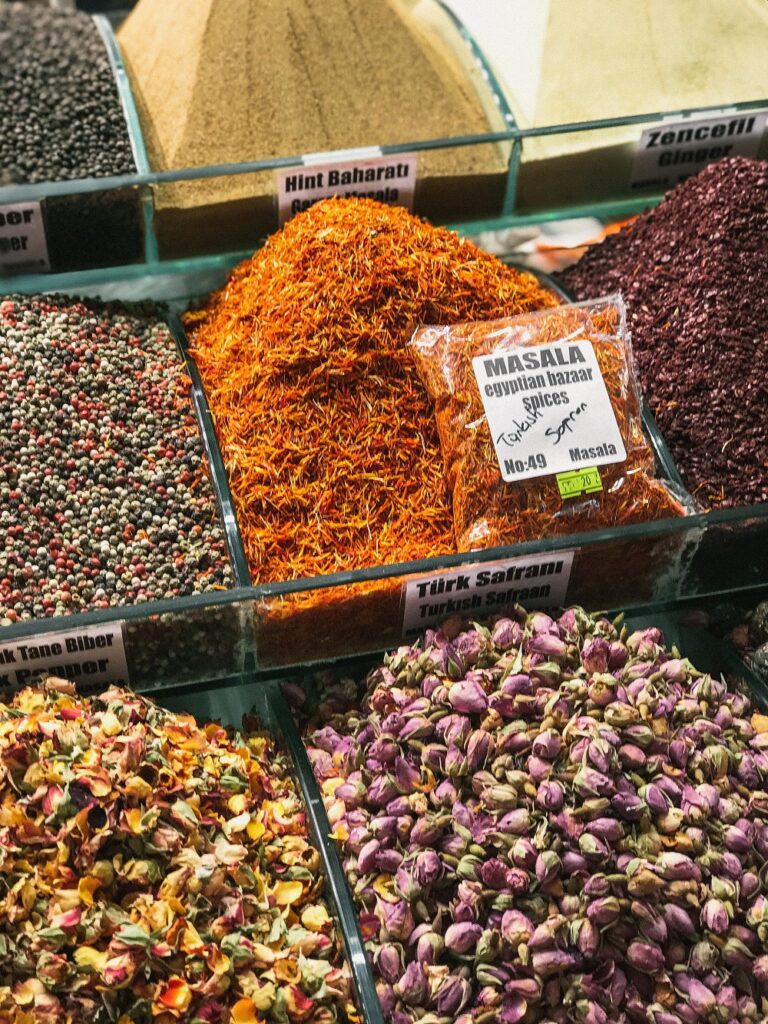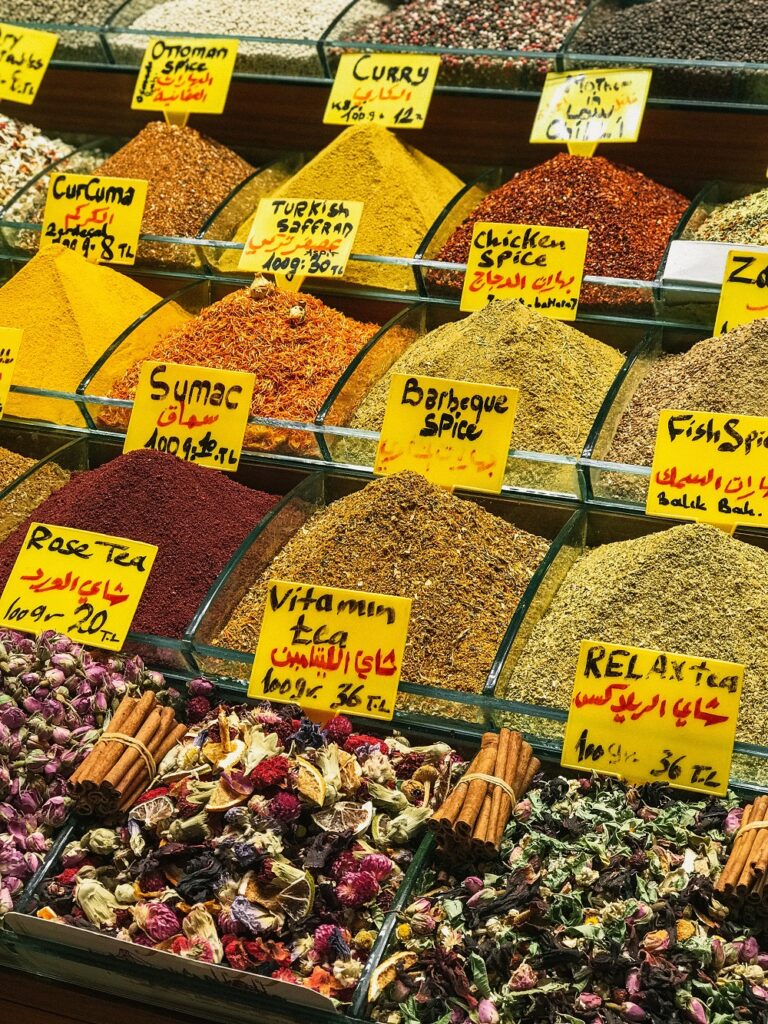A Guide to Using Spices for Seasoning and Enhancing Dishes

Spices are the magical ingredients that can transform an ordinary dish into an extraordinary culinary masterpiece. For centuries, spices have been used not only to add flavor but also to enhance the aroma, color, and overall appeal of various dishes. Understanding how to use spices effectively is a skill that can elevate your cooking to new heights. In this comprehensive guide, we will explore the art of seasoning and enhancing dishes with spices, from selecting the right spices to mastering their combinations and techniques.
The Basics of Spices
Spices are derived from various parts of plants, including seeds, bark, roots, fruits, and flowers. Each spice has its unique flavor profile and characteristics, ranging from warm and sweet to fiery and pungent. Some commonly used spices include:
a. Cumin: Adds an earthy, nutty flavor to dishes and is commonly used in Indian, Mexican, and Middle Eastern cuisines.
b. Paprika: Comes in various varieties, such as sweet, smoked, and hot, and is known for its vibrant color and mild heat.
c. Turmeric: Known for its bright yellow color and warm, slightly bitter taste, it is a key ingredient in Indian curries and other dishes.
d. Cinnamon: Adds a sweet and aromatic flavor to both sweet and savory dishes.
e. Chili Powder: Provides a fiery kick and is often used in Mexican and Southwestern dishes.
f. Ginger: Offers a zesty and pungent flavor, commonly used in Asian and Indian cuisines.
g. Garlic: Has a pungent and slightly sweet flavor that enhances a wide range of dishes.
h. Nutmeg: Adds a warm, sweet, and slightly nutty flavor to both sweet and savory dishes.
Quality and Storage
Using high-quality spices is essential to achieve the best results in your dishes. Purchase spices from reputable sources and look for vibrant colors and intense aromas. Consider buying whole spices instead of ground, as they retain their flavor for longer periods. Grind them as needed to preserve their freshness.
Proper storage is crucial to maintain the quality of spices. Store them in airtight containers away from heat, light, and moisture. Avoid keeping spices above stovetops or near windows, as exposure to heat and light can lead to flavor degradation.
Understanding Spice Combinations
Mastering spice combinations is an art that can elevate your cooking to new heights. Different cuisines have distinct spice blends that create signature flavors. For example:
a. Garam Masala: An aromatic spice blend commonly used in Indian cuisine, typically containing cinnamon, cardamom, cloves, cumin, and coriander.
b. Herbes de Provence: A traditional French herb blend including thyme, rosemary, oregano, and savory.
c. Chinese Five Spice: A blend of star anise, cloves, Chinese cinnamon, Szechuan peppercorns, and fennel seeds, offering a balanced mix of sweet and savory flavors.
d. Cajun Spice: A fiery blend featuring paprika, cayenne pepper, garlic powder, onion powder, and various herbs.
Experiment with different spice combinations to find those that resonate with your taste preferences and cooking style.
Balancing Flavors
When using spices, it’s crucial to strike the right balance of flavors. Different spices have varying intensities, so understanding how much to use is essential. Begin by using a small amount of a particular spice, and gradually add more to taste. Be cautious with potent spices, such as cayenne pepper or chili powder, as they can quickly overpower a dish.
Remember that spices not only add flavor but also enhance the overall taste of the ingredients in a dish. They should complement the natural flavors rather than masking them.
When to Add Spices
The timing of adding spices during cooking can significantly impact the final flavor of a dish. Some spices, such as whole spices like cinnamon sticks or bay leaves, are best added during the cooking process and then removed before serving.
Ground spices, on the other hand, should be added towards the end of cooking to preserve their delicate flavors. This is especially important for spices that are prone to bitterness, such as ground cumin or ground coriander.
Blooming Spices
Blooming spices is a technique used to enhance their flavors and aromas. It involves heating the spices in oil or ghee over low to medium heat until they release their essential oils and become fragrant. This process intensifies the flavors of the spices and infuses the entire dish with their essence.
To bloom spices, simply add them to hot oil or ghee in a pan and stir them gently for a minute or two before adding other ingredients. Be cautious not to burn the spices, as this can make them bitter.
Using Spices in Different Cuisines
Spices play a crucial role in defining the flavors of various regional cuisines. Understanding how to use spices in different culinary traditions can enrich your cooking repertoire:
a. Indian Cuisine: Indian cooking relies heavily on a wide array of spices, creating complex and richly flavored dishes. Common spices include cumin, coriander, turmeric, cardamom, cloves, and fenugreek.
b. Mediterranean Cuisine: Mediterranean dishes often feature herbs like oregano, thyme, rosemary, and basil. Spices like cinnamon, nutmeg, and allspice are also used in certain recipes.
c. Mexican Cuisine: Mexican dishes are known for their bold and spicy flavors. Chili powder, cumin, paprika, and oregano are commonly used to create the distinctive taste of Mexican cuisine.
d. Middle Eastern Cuisine: Middle Eastern cooking often incorporates spices like sumac, za’atar, cinnamon, and cumin, adding depth to the region’s traditional dishes.
Experimenting with Spices
The best way to become proficient in using spices is to experiment and be open to trying new combinations. Start with small quantities and gradually increase the amount until you achieve the desired flavor. Keep a record of your spice experiments, noting which combinations work well and which ones need adjustment. Over time, you’ll develop an intuitive sense of how to use spices effectively in your cooking.
Spices are an essential component of the culinary world, elevating dishes from ordinary to extraordinary. By understanding the basics of spices, their quality and storage, and mastering the art of spice combinations, you can enhance your cooking skills and delight your taste buds. Balancing flavors, using spices at the right time, and blooming them in oil or ghee can further refine your culinary creations. Embrace the diversity of spices from various cuisines and experiment fearlessly to unlock the full potential of these magical ingredients. With time and practice, you’ll discover how spices can infuse your dishes with delightful flavors, colors, and aromas, making each meal a memorable experience for you and your loved ones.
Generated by ChatGPT

